
All leaders, both formal and informal, must have skills and connections to lead the community and region towards full prosperity. Historically, people of color, immigrants, low-income people and those working multiple jobs, women and mothers, and youth in many rural places have been excluded, sometimes intentionally by design, and sometimes due to a lack of understanding about barriers to their participation, from these leadership structures.
But a wider range of leadership leads to a wider range of community benefits. Thus, communities must ensure that their leadership structures – and leadership opportunities over a person’s lifespan – are accessible to all community members to ensure full community engagement and the full range of perspectives in community planning and doing.
Building Block Evidence
Evidence suggests this building block is important because building the agency and civic capacity of individuals in the community, and activating that capacity, can help communities center and address community priorities. Expert opinion also suggests that designing community and economic development efforts for rural vitality requires fostering rural leaders through programs that elevate inclusion, resilience, and collaboration.1 This actionable leadership can encompass work in areas such as community capacity, community power building, rural place leadership, civic capacity, and collective efficacy. Individuals build civic skills, knowledge, and outlooks through opportunities to play a role in community groups or institutions.2 Those civic skills and knowledge are applied collectively to achieve community-level changes. High-quality civic experiences with structured activities, opportunities for participants to have ownership in the work, and work with people with diverse identities and perspectives have a lasting impact on participation.3 Other work highlights the importance of understanding community power building and how power operates as important aspects of creating community conditions that support the health of the community, especially when faced with opposition to those efforts (for more, see work on psychological empowerment, critical consciousness, and community organizing literature).
The US model of community leadership programs offers a model for building civic skills and knowledge and offering opportunities for practice for community and economic development and civic participation. These structured programs engage groups of community members in learning about their communities and building civic and leadership capacity to contribute to and lead in their communities. Studies of these programs have found multiple positive impacts on participants, including increases in their engagement in community and leadership activities, levels of community knowledge and awareness,4 and access to intergenerational networks.5 Comprehensive research has shown that community leadership programs have a positive impact at the individual level on participants’ community skills, knowledge, and relational networks, but also at the community level through the increased capacity of the relational networks and organizations.6 For examples and case studies of rural leadership programs, see the Rural Economic Development Institute, Ruralead Learning Initiative, Rural Community Leadership Program, or HUD’s Rural Capacity Building Program for community development and affordable housing. Cooperative Extension has long provided capacity building in rural communities, from structured leadership development to shorter courses in topics such as navigating local government, facilitating conversations, and grant-writing (Community Development Extension Library).
Though not a robust literature base, at least one systematic review found that community efforts to improve collective efficacy are often associated with a reduction in health disparities, especially when efficacy was built at multiple levels (individual, family, community).7
Curated ReSources
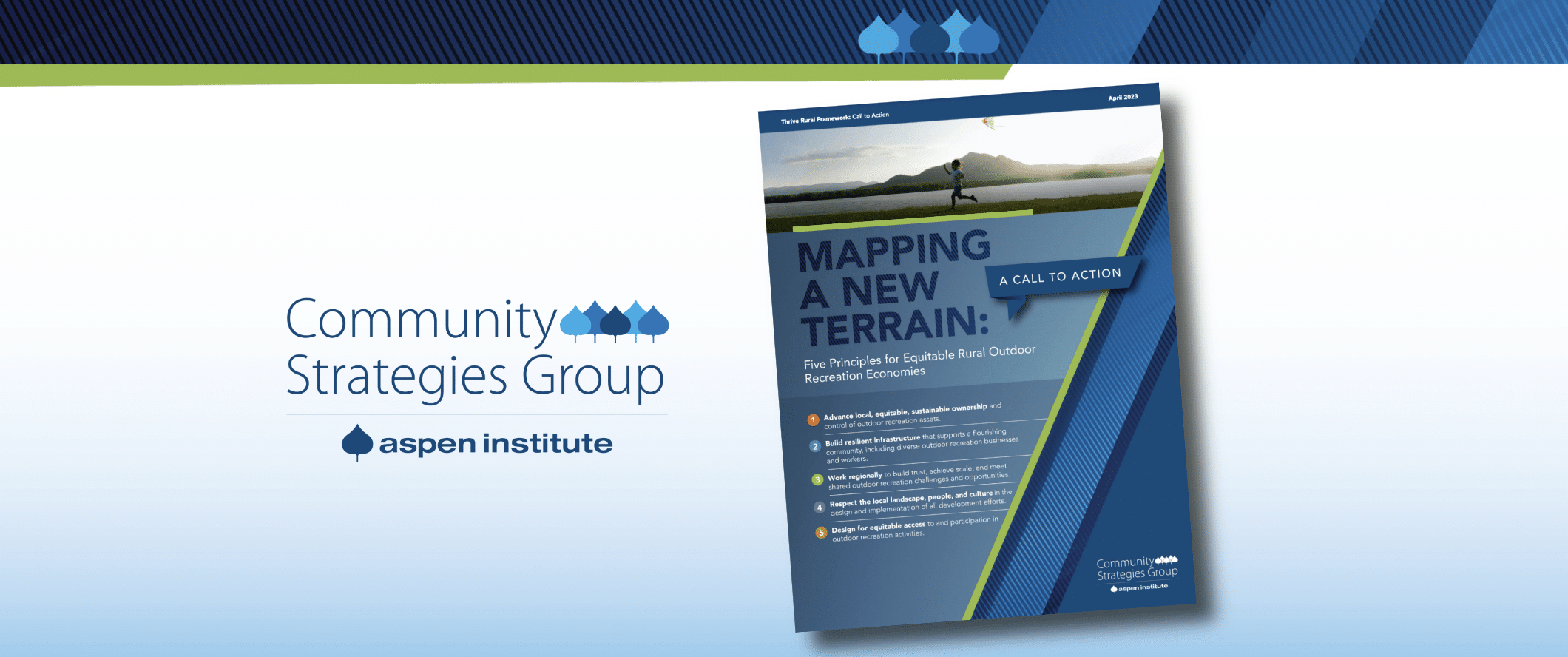
Mapping a New Terrain: Call to Action
As new rural outdoor recreation economies take root, we can meet this moment by improving how we do outdoor recreation development to better support rural families, businesses, and workers, create more sustainable and equitable economic systems, and improve local health and wellbeing.

Advancing the Next Generation of Rural and Indigenous Leaders
Insights and tips to identify, establish, and sustain youth leadership in rural and Indigenous communities.
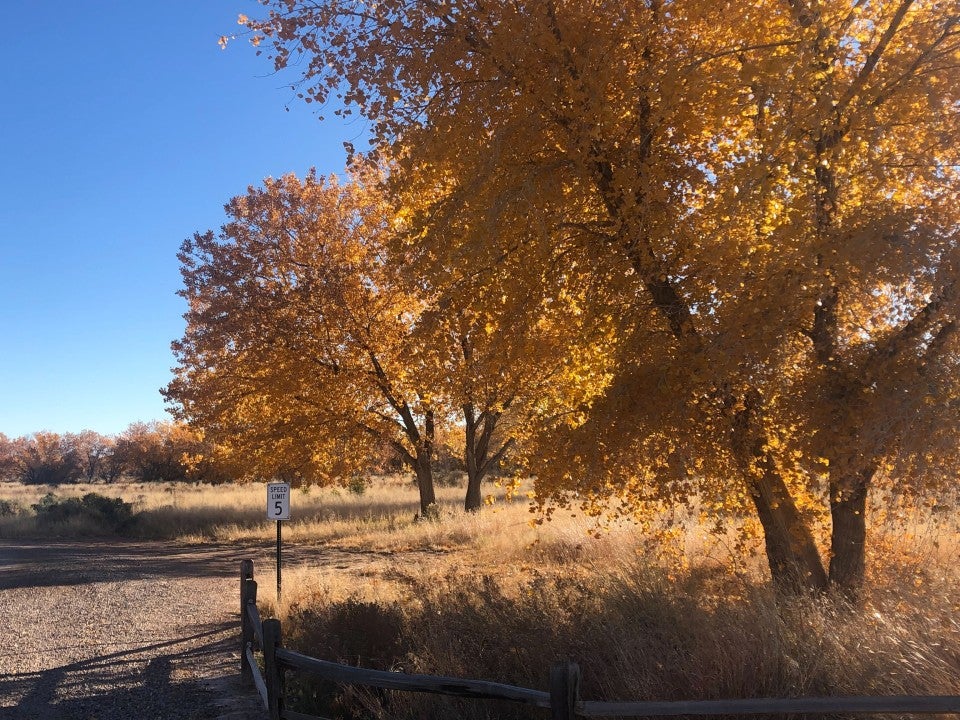
Lessons from the Field: Rural & Indigenous Leadership for Opportunity Youth
Takeaways from the Aspen Institute Forum for Community Solutions fall convening valuable for equitable rural development

Building Power Together: Sustainable Forestry and African-American Land Retention Network
This short case study has insights and tips on how communities that have been historically and systematically excluded can develop authentic and effective leadership that builds power to challenge the status quo.
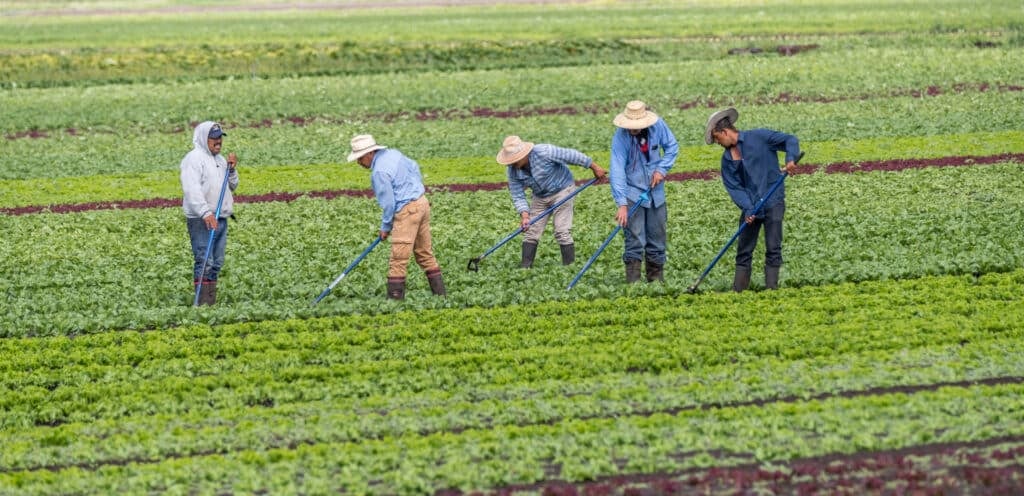
Broadening Authentic Leadership: Student Action with Farmworkers
This short case study has insights and suggestions for how rural-serving organizations can effectively welcome and truly empower leaders from all backgrounds.

Four Community-Centered Takeaways from Aspen Ideas Festival
Driving around my hometown of Truckee, California, I reflect on my time at the Aspen Ideas Festival this past week…
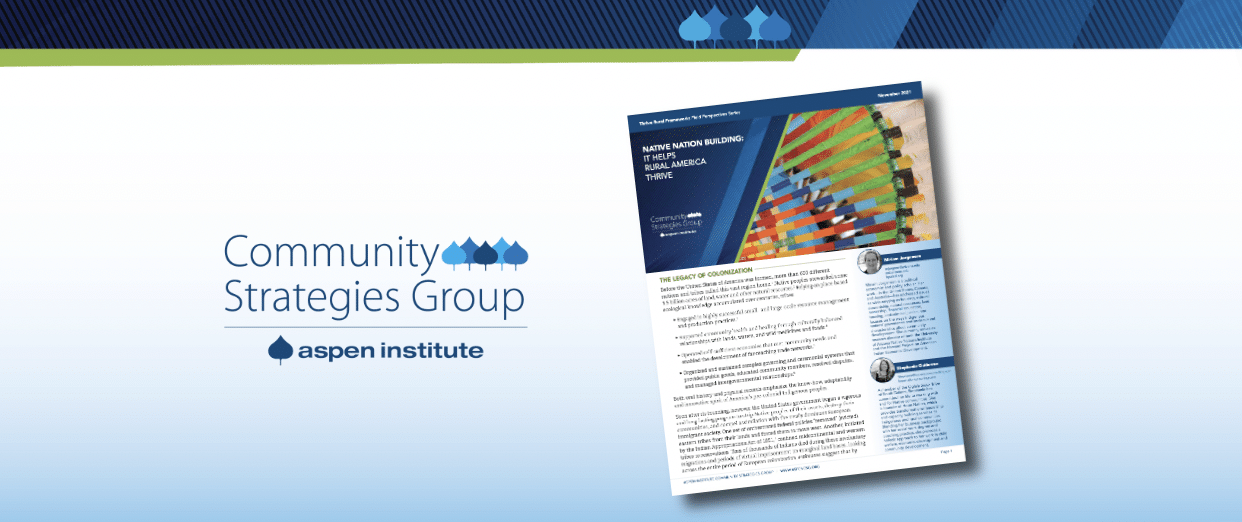
Native Nation Building: It Helps Rural America Thrive
Native nations and rural communities, working side-by-side and together, can strengthen the potential for thriving rural regions.
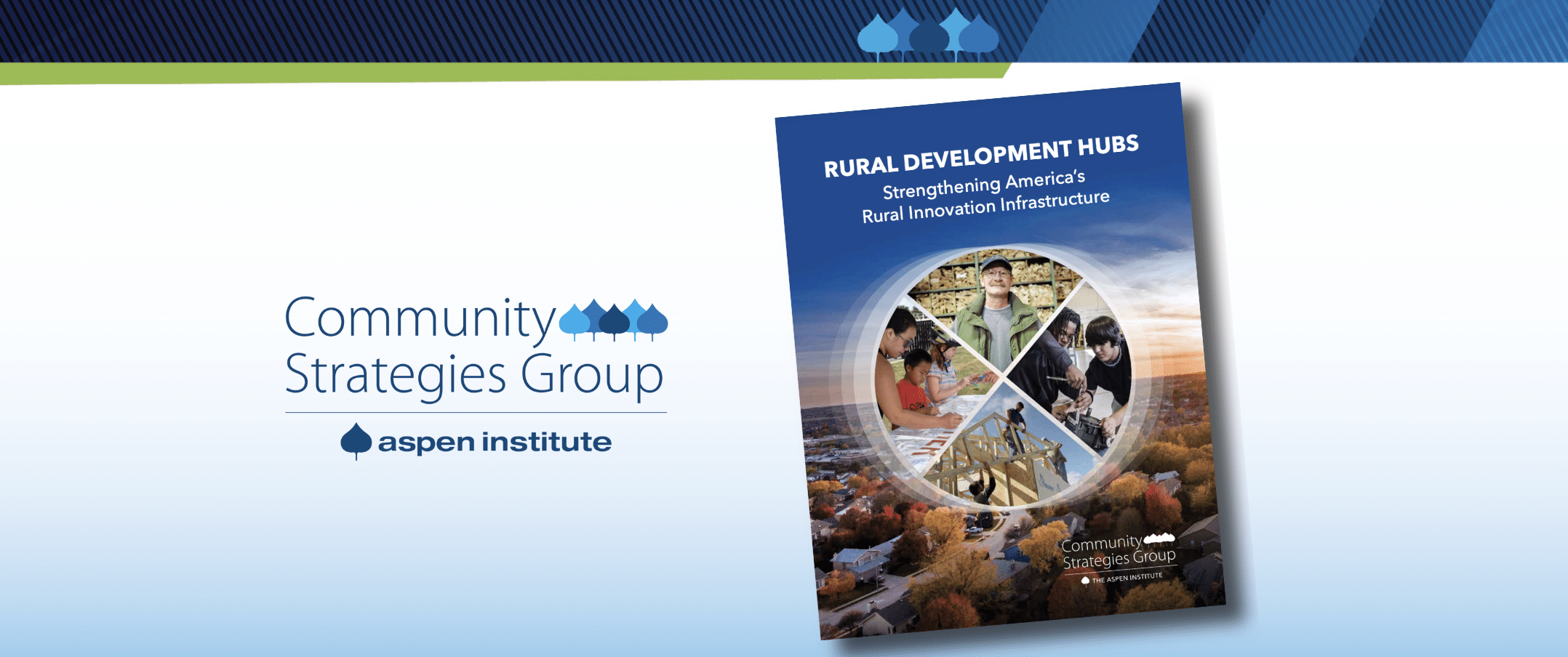
Rural Development Hubs Report
This report focuses on the role — and aggregates the wisdom — of a specific set of intermediaries that are doing development differently in rural America. We focus on Rural Development Hubs because they are main players advancing an asset-based, wealth-building, approach to rural community and economic development.
Field Items
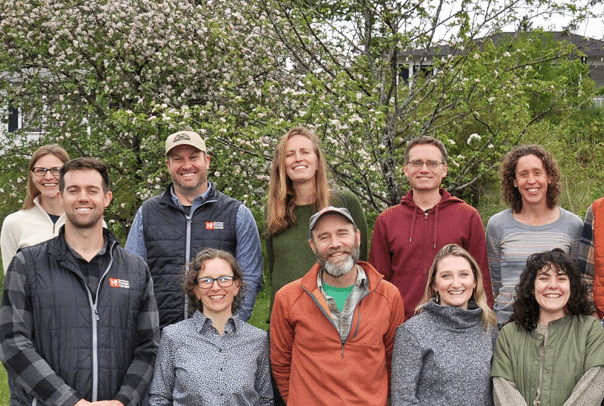
Adding Capacity Helps Communities Thrive
The reality is that most local leaders don’t need a lesson, they just need a hand. Reflections on community capacity from the Northern Forest Center.
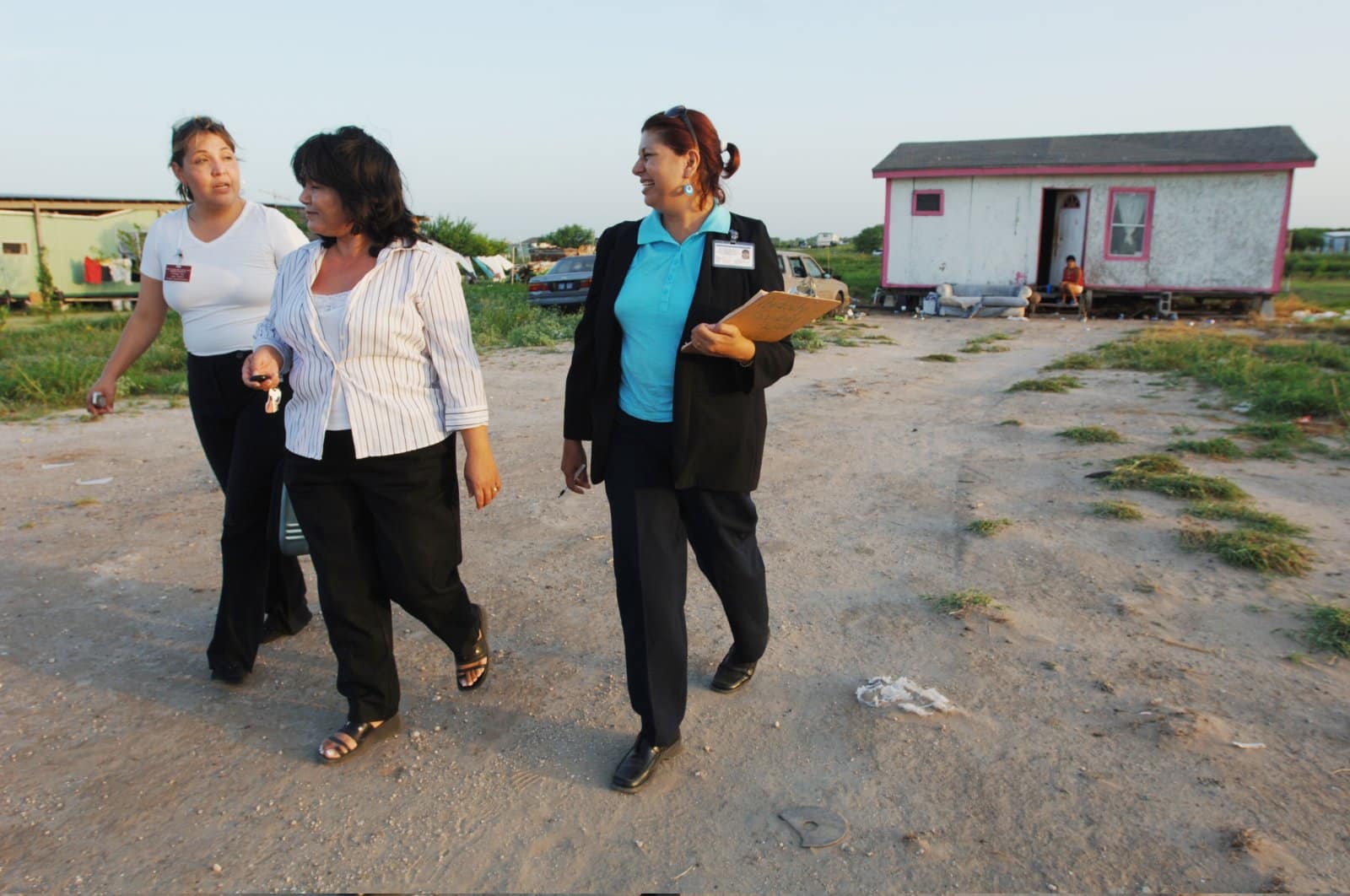
Rural Leadership, Rural Health: What We’re Learning
Investing in rural leadership is key to resolving complex health issues and advancing health equity.
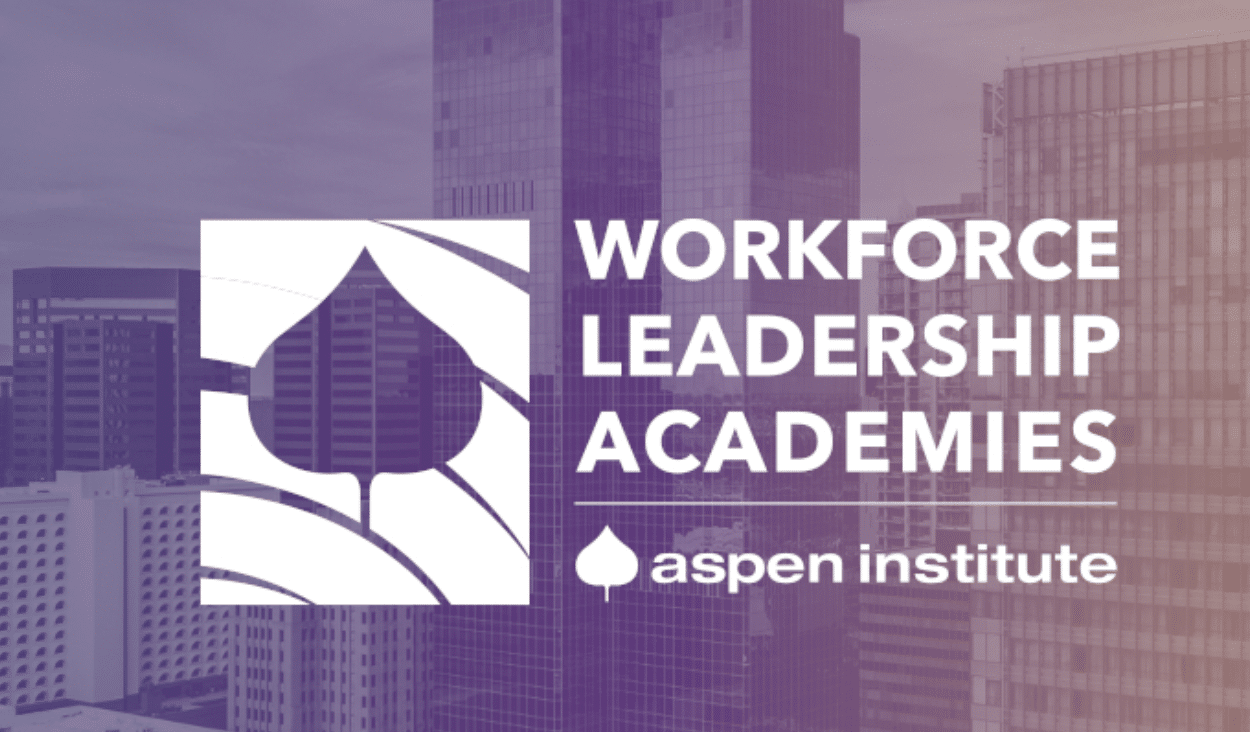
Local Workforce Leadership Academy Partners
Workforce Leadership Academies bring together leaders from across local workforce ecosystems into a Fellowship community to deepen networks, strengthen systems leadership skills, apply race equity and systems change frameworks to leaders’ work, and deepen understanding of effective strategies and programs.

redefined
Check out the West Virginia Community Development Hub’s case studies of leaders bringing hope and opportunity. These are the stories of real West Virginians who are making a difference.
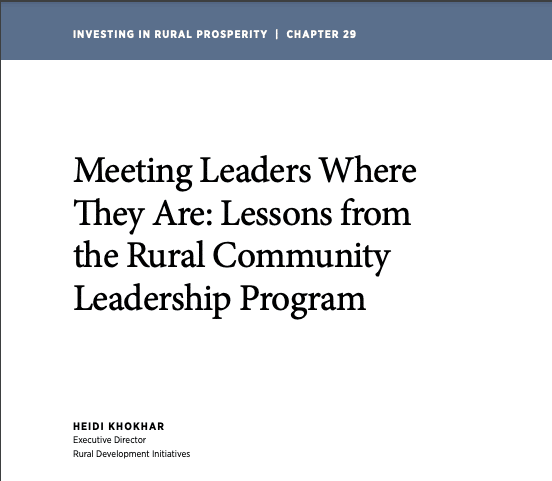
Meeting Leaders Where They Are
Rural Development Initiatives (RDI) shares lessons from their Rural Community Leadership Program.
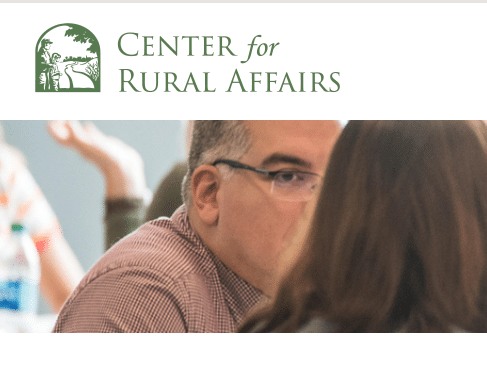
Rural Leaders
Leaders are the life-blood of small towns and rural communities. A resource from the Center for Rural Affairs on rural leadership.

Healing-Centered Leadership: A Path to Transformation
This article is from the Winter 2021 issue of the Nonprofit Quarterly, “We Thrive: Health for Justice, Justice for Health,” and was adapted from The Four Pivots: Reimagining Justice, Reimagining Ourselves by Shawn A. Ginwright (North Atlantic Books, 2022).

RuraLead
RuraLead explored these essential questions: Who gets to lead? Who has power in rural places? What constitutes good leadership? What does it look like in practice? How do people become leaders in rural communities? How do we strengthen and support rural leadership?
We see the framework as a living document, which necessarily must evolve over time, and we seek to expand the collective ownership of the Thrive Rural Framework among rural equity, opportunity, health, and prosperity ecosystem actors. Please share your insights with us about things the framework is missing or ways it should change.
